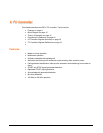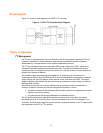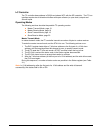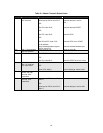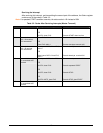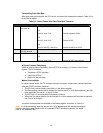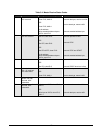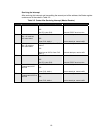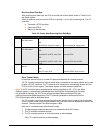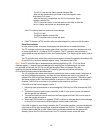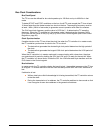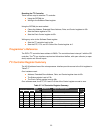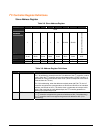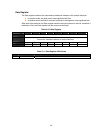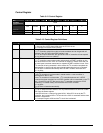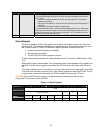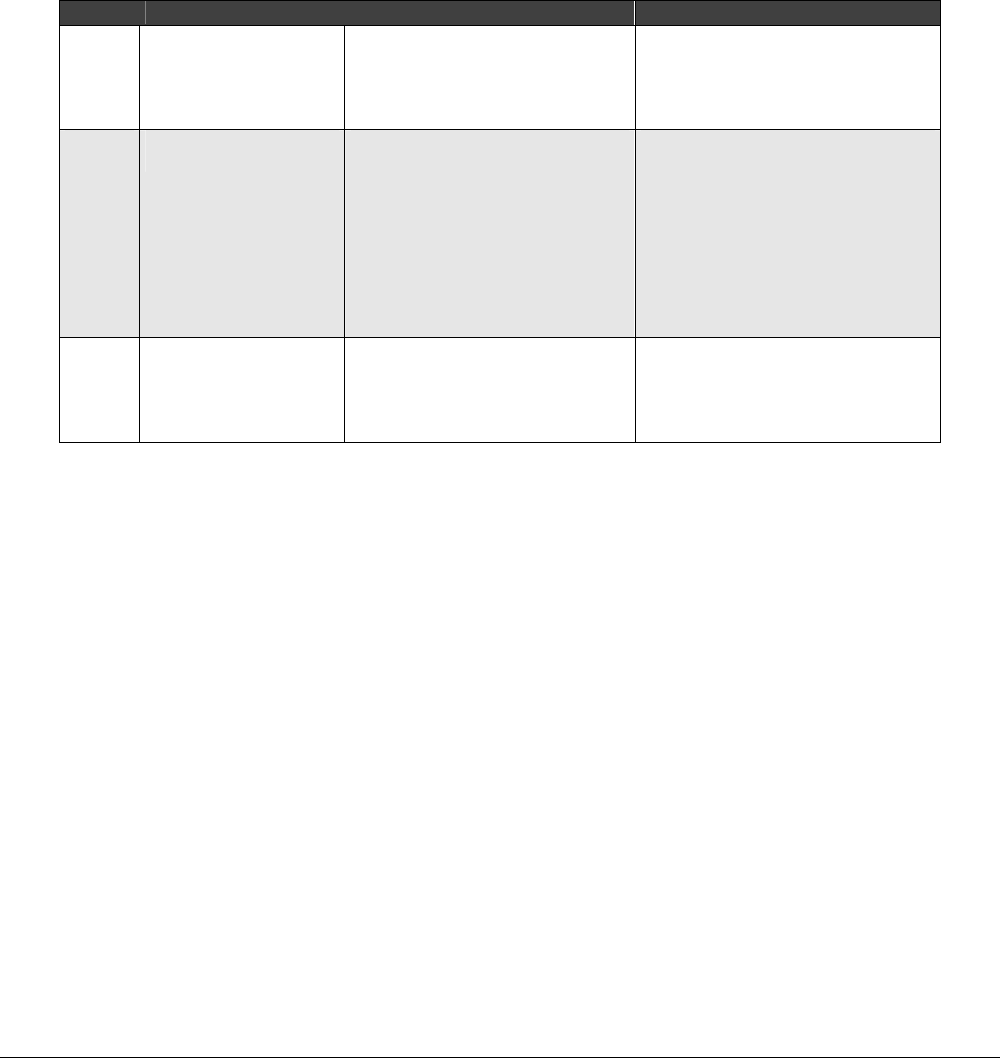
19
Receiving Each Data Byte
After receiving each data byte, the IFLG is set and one of three status codes in Table 3-6 is in
the Status register.
When all bytes are received, set the STP bit by writing a 1 to it in the Control register. The I
2
C
controller:
Transmits a STOP condition
Clears the STP bit
Returns to the idle state
Table 3-6. Codes After Receiving Each Data Byte
Code I
2
C State Microprocessor Response Next I
2
C Action
50h Data byte received,
ACK transmitted
Read DATA, clear IFLG, AAK=0
OR
Read DATA, clear IFLG, AAK=1
Receive data byte, transmit not ACK
Receive data byte, transmit ACK
58h Data byte received, Not
ACK transmitted
Read DATA, set STA, clear IFLG
OR
Read DATA, set STP, clear IFLG
OR
Read DATA, set STA & STP, clear
IFLG
Transmit repeated START
Transmit STOP
Transmit STOP then START
38h Arbitration lost in not
ACK bit
Clear IFLG
OR
Set STA, clear IFLG
Return to idle
Transmit START when bus free
Slave Transmit Mode
In the slave transmit mode, a number of bytes are transmitted to a master receiver.
The I
2
C controller enters slave transmit mode when it receives its own slave address and a read
bit after a START condition. The I
2
C controller then transmits an acknowledge bit and sets the
IFLG bit in the Control register. The Status register contains the status code A8h.
Note: If the I
2
C controller has an extended slave address (signified by F0h - F7h in the Slave
Address register), it transmits an acknowledge after receiving the first address byte, but does
not generate an interrupt; the IFLG is not set and the status does not change. Only after
receiving the second address byte does The I
2
C controller generate an interrupt and set the
IFLG bit and status code as described above.
The I
2
C controller can also enter slave transmit mode directly from a master mode if arbitration
is lost in master mode during address transmission, and both the slave address and read bit are
received. The status code in the Status register is B0h.
After the I
2
C controller enters slave transmit mode:
1. The Data register loads the data byte to be transmitted, then IFLG clears.
2. The I
2
C controller transmits the byte.
3. The I
2
C controller receives or does not receive an acknowledge.
If the I
2
C controller receives an acknowledge:



